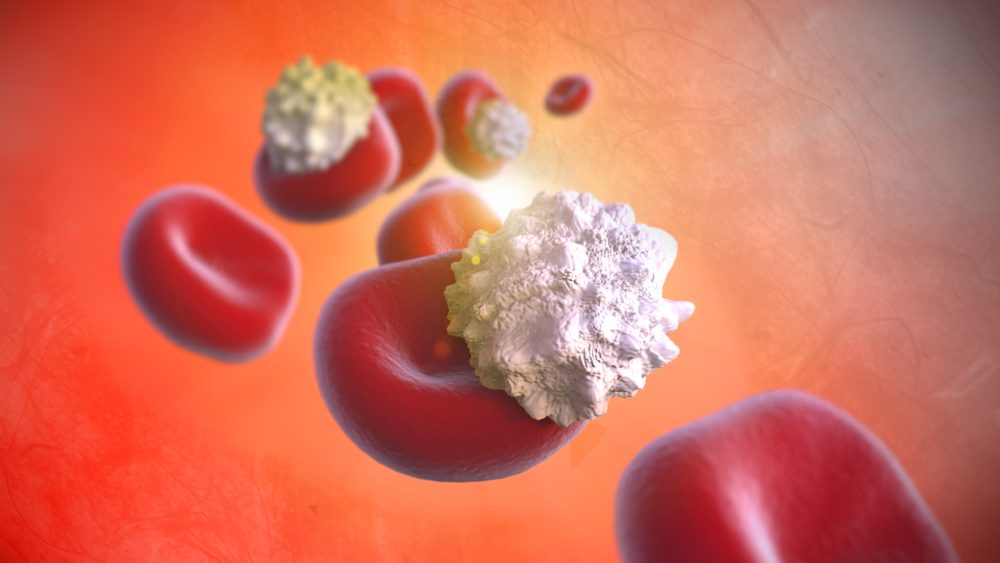WHAT ARE THE RISKS OF ELEVATED LEVELS OF OXIDIZED LDL CHOLESTEROL?
Metabolic syndrome consists of various risk factors that increase your chance of developing diabetes or vascular disease. Metabolic syndrome is characterized by having at least 3 of the following risk factors: a large waistline, high triglyceride levels, low HDL cholesterol (the “good” cholesterol) levels, high blood pressure or high blood glucose levels. In the US, approximately 34% of adults meet the criteria for metabolic syndrome. Even more alarming is the increasing presence of metabolic syndrome in children due to obesity. Unfortunately, by the time metabolic syndrome is diagnosed, your blood vessels and heart are already damaged. Researchers have recently found that measuring oxidized LDL can predict your risk of developing metabolic syndrome.
What is oxidized LDL?
Oxidized LDL is LDL cholesterol (the “bad” cholesterol) that has been modified by oxidation. Oxidized LDL triggers inflammation leading to the formation of plaque in the arteries, also known as atherosclerosis. Oxidized LDL may also play a role in increasing the amount of triglycerides the body produces, as well as increasing the amount of fat deposited by the body. In turn, fat tissue can enhance the oxidation of LDL, creating a vicious cycle.
Why should you get your oxidized LDL levels tested?
Researchers have found that individuals with high levels of oxidized LDL are 4x more likely to develop metabolic syndrome up to five years following testing. In particular, increased oxidized LDL levels were associated with abdominal obesity and high triglyceride levels, as well as high blood glucose.
The oxidized LDL test can also help your medical provider decide if you may be at a higher risk for heart attack or heart disease than by looking at traditional risk factors alone. Oxidized LDL may be twice as good at helping your medical provider know your risk for heart disease as any one of the traditional risk factors.
When should you be tested for oxidized LDL?
Your oxidized LDL levels should be tested when you get your standard cholesterol test. Your medical provider may order oxidized LDL if you are at low or intermediate risk of metabolic syndrome or cardiovascular disease due to lifestyle risks.
What can you do to help lower your oxidized LDL levels?
At my office, we measure oxidized LDL through Cleveland Heart Lab. Lifestyle changes are the best option to help lower your oxidized LDL levels.
If you smoke, ask your medical provider to help you quit. It is not easy but there are programs and strategies (including over-the-counter and prescription medications) that can improve your chance of success. Adjust your diet to include foods low in saturated fat and those with zero trans-fat. Fruits and vegetables are also great options as they contain anti-oxidants.
Take pharmaceutical grades supplements that contain anti-oxidants such as Vitamin C and E. See below, for more products that contain anti-oxidants.
Douglas C. Hall, M.D.


